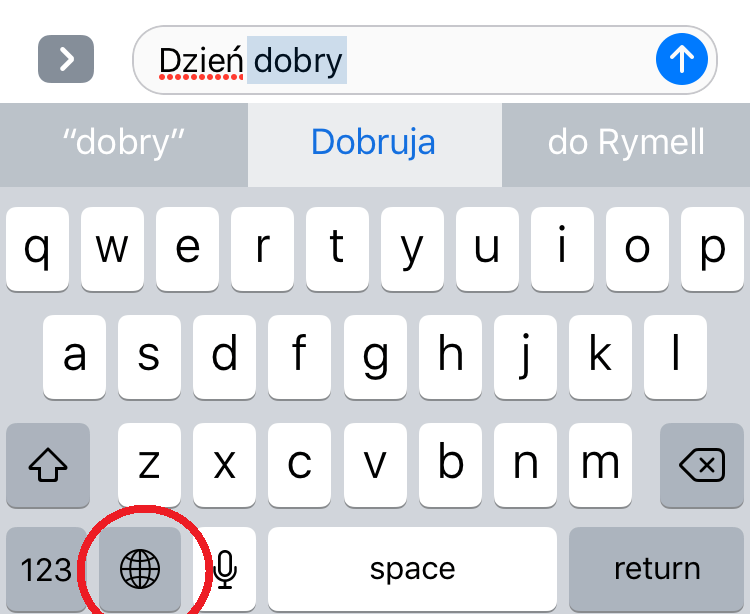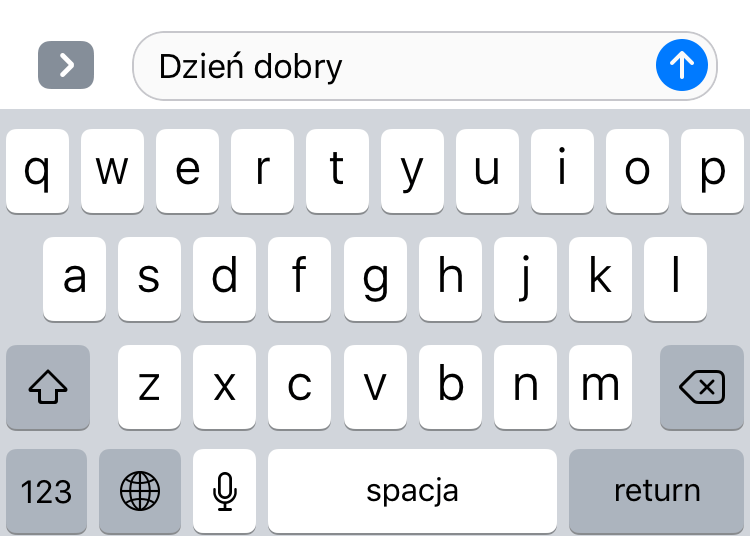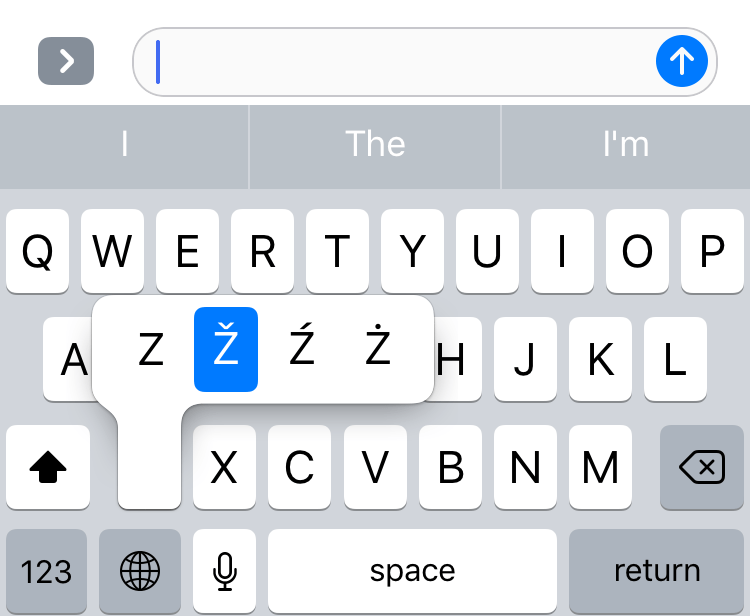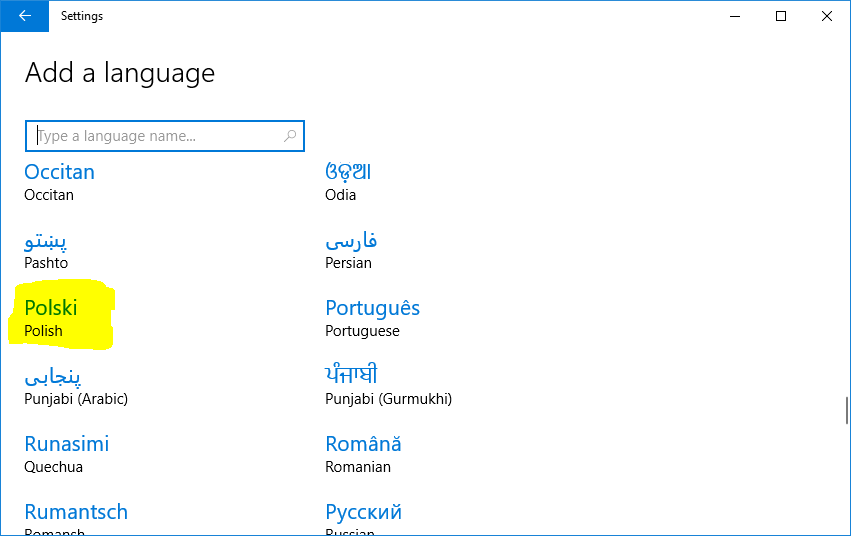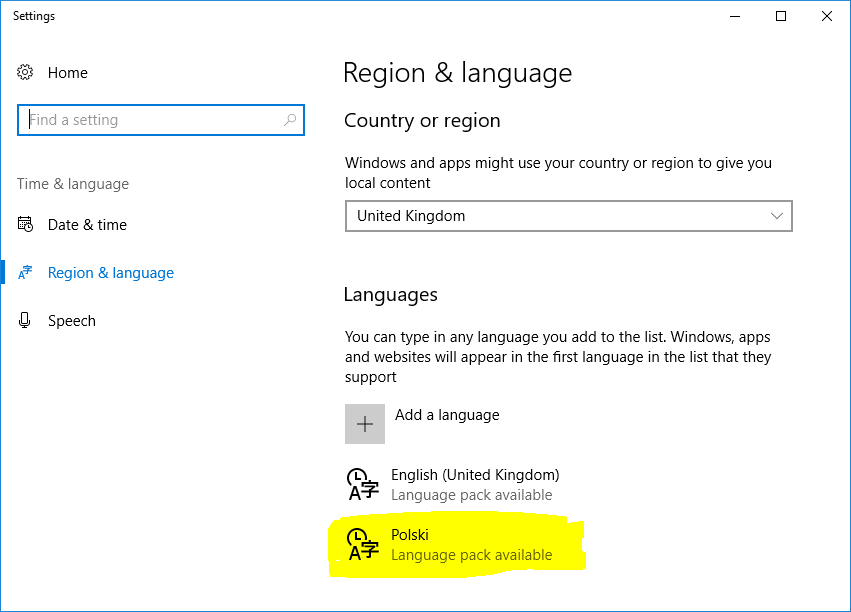Recently I’ve been spotting more and more polish words which make my inner word-geek sit up and take notice. There’s probably all sorts of similar words in English, but as a native speaker I simply don’t notice them.
I’ve said before that I’m a “pattern-spotter” by nature. Show me enough data and I start to see patterns that interest me and a foreign language is full of connections which to a new learner are crying out for a way to tie together and make sense of this jumble of new words.
So today I’m going to share some of more recent ones which have made me smile:
Szczenię / Szczeniak – Puppy
Szczęście – Happiness
Coincidence? I think not…
Wielo – Many/Multi-
Ryb – Fish (plural genitive)
Wieloryb – Whale or literally, many fish or multi-fish
(or more accurately probably from Wielki-ryb – Great Big Fish..)
Or another one
Sześć – Six
Ścian – Walls (plural genitive)
Sześcian – Cube … a thing with 6 walls!
One that’s not quite so neat, but it’s stuck with me for the past few weeks is Baby. I must have heard different words dozens of times over the past couple of years, but none of them stuck in my memory. Then half way through class, this word was written on the board :
Niemowlę
It could be because of some work I’ve been doing to break words apart by prepositions (more on that in a future post), but the moment the word appeared, it split into 2 words for me.
Nie + mowlę
And this is where it pays to not be a fluent speaker yet because I didn’t know that mowlę wasn’t a word, but it was darned close to words I knew based on the verb Mowić. When you’re pattern spotting, it’s good not to worry about the perfect grammar or perfect spelling – you’re looking for memory aids which help you remember words or inversely help you imply meaning from words you’ve never seen before.
Even before the picture of the Baby was revealed under the word, my brain was seeing :
Nie + mowlę and roughly translating that to something like “not speaking”. It turns out to be a pretty apt description of a baby as a “non-speaker“. So much so that 4 weeks later, the word is still burned into my brain without any extra effort to remember it.
So that’s today’s food for thought while it was fresh in my mind from the latest discovery. I’m going to try to be more active on the blog again as a change up my learning approach again, so there’s likely to be more “interesting word of the day” ideas and some thoughts on hacking the Polish language to make it easier to learn that have been going around in my head for a while, but would benefit from writing down & hopefully someone else finds useful one day.
Do widzenia!







